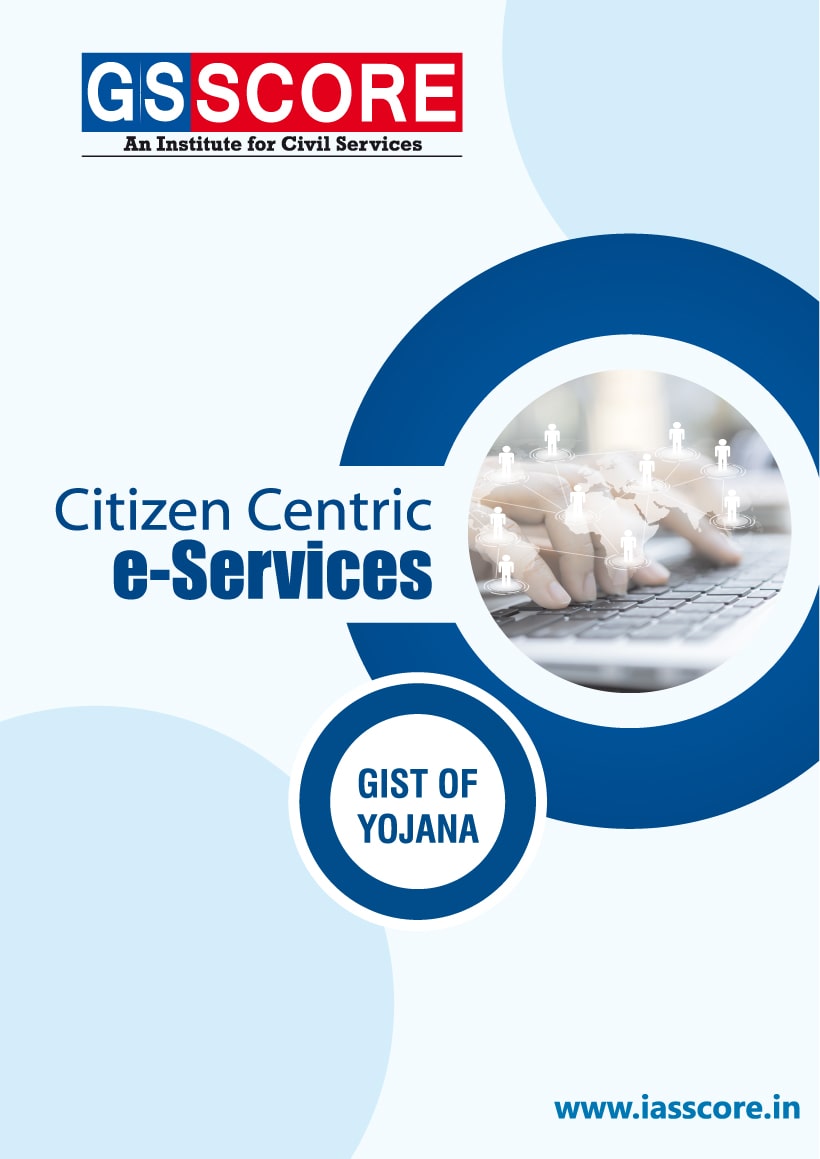


Introduction
The government has been making continuous efforts to set up systems of good governance through various schemes and laws. Earlier these systems were based on records, files and transactions which were generally physical. However in the recent years the concept of citizen centric e-services has come to the fore.
These services aim to digitally empower the society and transform the economy. They aim to restyle how citizens can avail the government services and participate in the economy using less cash, opting instead for UPI, internet banking, direct benefit transfer, digital payment platform etc., using unique identification techniques, like Aadhaar, so as to drive financial inclusion with minimum lapses and delays. Government’s push towards these digital initiatives has transformed the economy. Banking is fast moving from branch banking to a virtual world of banking called Digital Banking.
Other new citizen centric and transformational digital platforms that have been developed include e-NAM, GSTN, DigiLocker, GeM, e-Hospital, MyGov, UMANG, SWAYAM, Jeevam Pramaan, NSP etc. These efforts are heavily dependent upon the efficient use of technology and as a result technology is increasingly being used to transform learning, economy and citizen services delivery mechanisms. In the field of education, technology is playing a greater role than ever before. It is transforming classrooms from being isolated units of learning to more collaborative and communicative spaces with digital pedagogies, critical enquiry and demographic spaces that go beyond geographical constraints. Likewise, to minimize farmer’s distress, digitalising of farming systems and creating a database is also a step towards achieving sustainable agricultural production. These citizen centric e-services focus on accessibility, quality, efficiency, affordability, delivery, mobility and user experience.
The Digital India programme and the tremendous focus of the Government on providing these services are resulting in the Indian citizens witnessing not only a transformational shift in the delivery of services but also a better engagement of the Government with its citizens. In the article ahead we will see what infrastructure the government has created to provide a foundation for launching these citizen centric e-services, what all initiatives have been launched, how they have impacted the lives of people specially the disabled ones and the marginalized section of society, what challenges the government is facing in implementing them and how the government can address them.
Related Articles


